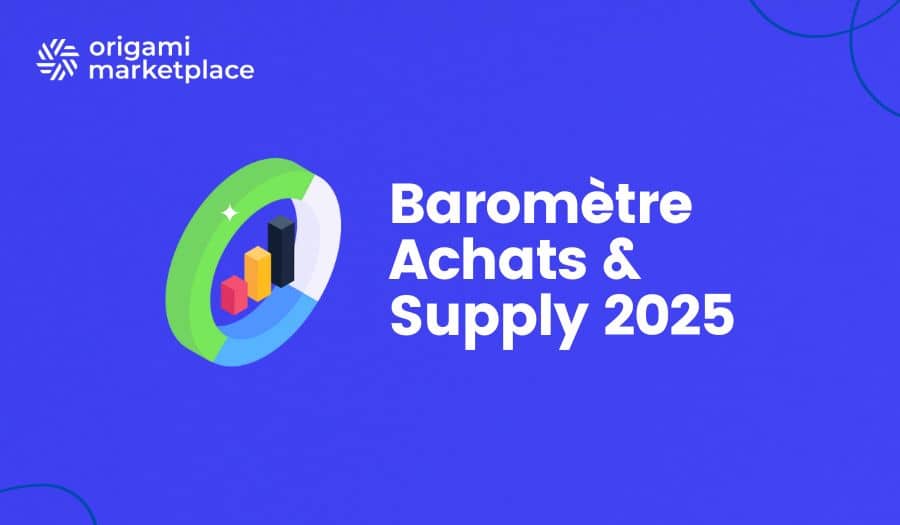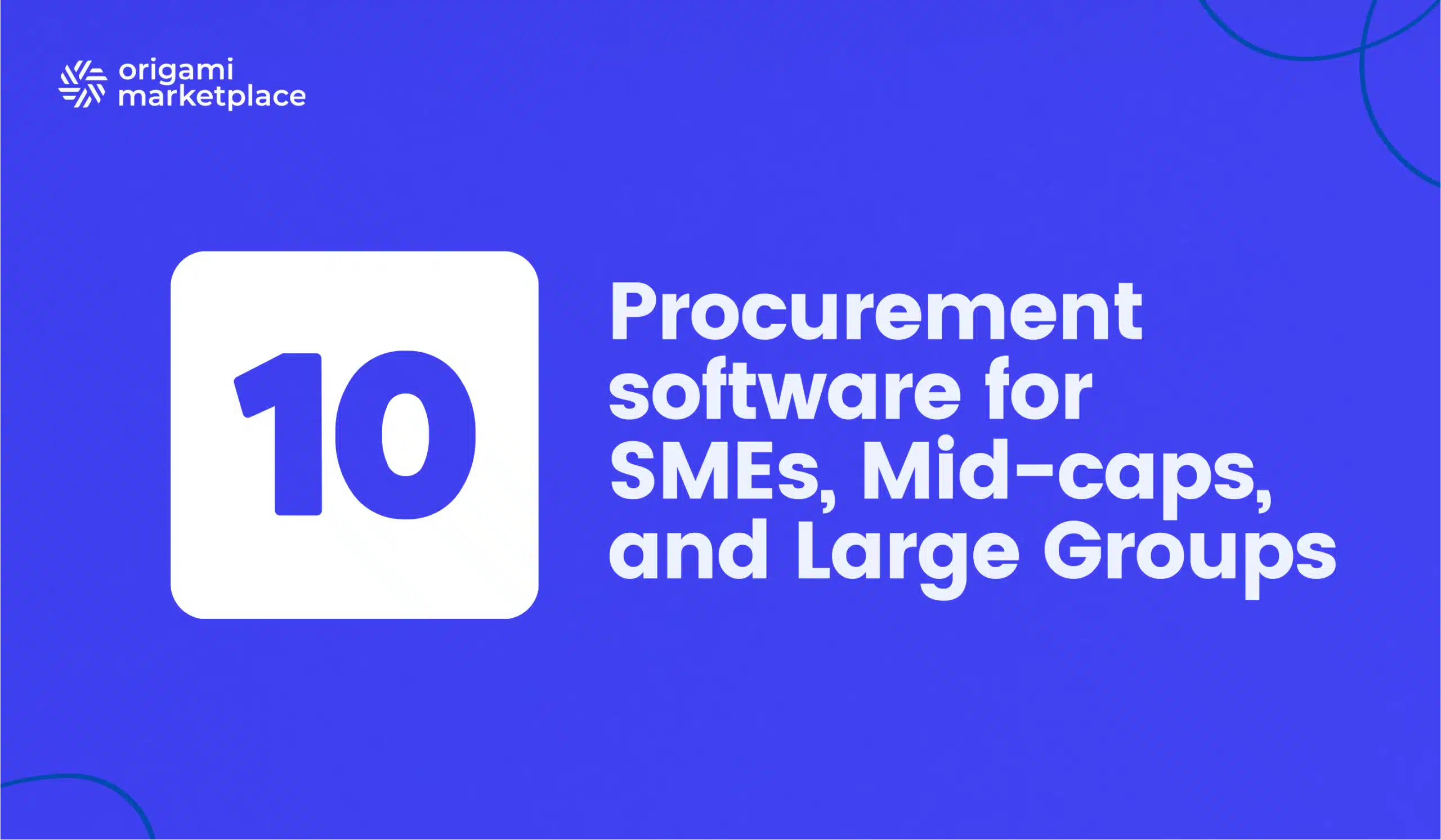Range Extension: How a marketplace empowers e-Commerce
- Arnaud
- 8 minutes reading

In today’s fiercely competitive e-commerce landscape, extending your product range has become a crucial growth strategy for online retailers of all sizes. Customers now expect a constantly evolving catalog that caters to diverse preferences, while retailers must balance costs, operational agility, and customer satisfaction.
By integrating a marketplace platform into your existing e-commerce infrastructure, you can rapidly expand your product assortment without significantly increasing operational overhead. In this article, we’ll explore why a marketplace model is the key to effective range extension. We’ll cover core benefits like instant catalog expansion, diverse product selection, scalable srowth, reduced operational complexity, testing new products, increasing sales potential, faster time to market, and boosting customer satisfaction. All while highlighting how Origami Marketplace simplifies this process.
- What is range extension?
- Benefits of range extension
- Increasing overall market demand
- Driving customer loyalty
- Boosting average order value (AOV)
- Enhancing profit margins with niche products
- Cutting costs through dropshipping
- Expanding the customer base
- Barriers to range extension
- Manual data updates
- Infrastructural challenges
- SEO requirements
- Multi-channel management
- Why a marketplace solution is ideal for range extension
- Instant catalog expansion & diverse selection
- Scalable growth
- Reduced operational complexity
- Optimized storage & logistics
- Rapid product testing
- Increased sales potential & faster time to market
- How Origami Marketplace facilitates range extension
- Simple integration with your e-Commerce platform
- Centralized management & process automation
- Data enrichment & omnichannel adaptability
- Marketplace optimization
👋 No time to read the whole article? Find the summary here.
1. What is range extension?
Range extension refers to broadening your existing product offering to include new products, categories, sizes, colors, or even region-specific items. The primary goals are:
- Meeting consumer demand by offering a more comprehensive selection.
- Stimulating business growth through a larger potential customer base and upselling opportunities.
Range extension is not merely adding more SKUs. It requires a strategic approach, including market research and smart product sourcing, to mitigate risks like excess inventory or low-turnover items.
2. Benefits of range extension
Expanding your catalog can yield multiple advantages:
- Increasing overall market demand : By introducing new sizes, colors, or variants, you tap into previously unmet customer needs. You might also uncover lucrative niches or geographic segments where demand for specific products is high.
- Driving customer loyalty: A more diverse product assortment meets a wider range of customer desires. If shoppers can find everything they need on your site, they have fewer reasons to switch to competitors, thus enhancing long-term loyalty.
- Boosting Average Order Value (AOV): Offering product bundles or complementary accessories encourages additional purchases. For instance, if a customer is already buying a camera, suggesting a matching case or lens can naturally increase their cart total.
- Enhancing profit margins with niche products: Specialized or less common products can offer higher profit margins due to lower competition. By positioning yourself as an expert in specific niches, you stand out and earn customer trust.
- Cutting costs through dropshipping: Dropshipping allows you to expand your catalog without incurring extra warehouse or logistics expenses. Products ship directly from suppliers, minimizing your financial risk and operating costs.
- Expanding the customer base: By diversifying your product mix for example, adding both budget-friendly and premium lines you can attract a broader demographic. This multi-tiered approach helps you resonate with customers across different price points.
Ready to turn your B2B, B2C, or C2C marketplace vision into reality?
To help you develop the best platform possible, we’ve gathered all the must-have features, key technical considerations, and best practices in a comprehensive document:
Download the Specifications template 🗒
Perfect for smaller or medium-scale projects without a formal purchasing process. It will help you outline your requirements effectively and streamline your selection process.
Download the Request for Proposal template 📒
Ideal for larger, more complex marketplace projects with a formal purchasing department or advanced procurement policies.
3. Barriers to range extension
Despite its many upsides, expanding your range can become cumbersome if you lack the right tools. Here are some common hurdles:
- Manual data updates: Managing thousands of SKUs through spreadsheets or outdated systems leads to higher error rates. Inconsistencies in product descriptions, pricing, or inventory data damage both conversions and customer trust.
- Infrastructural challenges: Disconnected systems (ERP, CSV files, multiple platform setups) make centralized data management difficult, lengthening the time needed to onboard new products or integrate with additional suppliers.
- SEO requirements: With more SKUs comes the need for more optimized content (titles, descriptions, meta tags) to maintain high search engine visibility. Without process automation, this can quickly become a bottleneck.
- Multi-channel management: Selling on your own e-commerce site, third-party marketplaces, and social networks adds complexity. Each channel has its unique formats, taxonomies, and best practices, making accurate data distribution a challenge.
4. Why a marketplace solution is ideal for range extension
A marketplace is a digital platform where third-party sellers can list and sell products under your brand umbrella. Here’s how this model helps you overcome range extension barriers:
- Instant catalog expansion & diverse selection: Onboarding trusted vendor partners lets you dramatically expand your catalog without individually managing each SKU. You can offer thousands of new items across various categories, appealing to more customer segments.
- Scalable growth: A marketplace enables controlled scaling. You can add new sellers and products in line with your strategy and market demand. Avoid the complexities of warehousing or supply chain expansion while still growing your catalog.
- Reduced operational complexity: Third-party sellers typically handle storage, shipping, and sometimes even customer service. You retain control over critical processes, like vendor onboarding and product listing validation while saving time and resources.
- Optimized storage & logistics: Dropshipping or seller-managed shipping can significantly cut overhead. You’re free to take on inventory for high-margin products while letting other vendors handle logistics for the bulk of your range.
- Rapid product testing: A marketplace is ideal for trialing new products or categories. Quickly see how they perform before committing to bulk inventory, thus minimizing financial risk and adjusting your strategy more flexibly.
- Increased sales potential & faster time to market: Offering a broad array of products helps you capture more sales opportunities and improves the overall shopping experience. By leveraging partners who are already operational, you can reduce lead times and get products listed faster.
Adopting a phased approach to range extension is crucial. Start by identifying promising niches or complementary products to your current offerings. Test their performance through vendor partners on your marketplace before making a full commitment. This minimizes risks while maximizing your growth potential.

Antoine Mantel
→ Talk to our marketplace expert.
5. How Origami Marketplace facilitates range extension
- Simple integration with your e-Commerce platform: Origami Marketplace seamlessly integrates with your existing store whether you’re on commercetools, Adobe Commerce, BigCommerce, Shopify Plus, Salesforce Commerce Cloud, or a custom-built platform. Pre-configured connectors and robust API make adding marketplace capabilities straightforward.
- Centralized management & process automation: With Origami Marketplace, you gain a single source of truth for all product data. This dramatically reduces manual tasks by up to 80% through automated workflows.
- Data enrichment & omnichannel adaptability: Our solution includes workflows to ensure product data is complete and consistent across channels. You can tailor taxonomies and data formats to meet the requirements of each channel for an optimal customer experience.
- Marketplace optimization: Origami Marketplace enables you to adapt your product descriptions, media, and other assets to maximize visibility on marketplace listings. By ensuring a seamless buying experience, you boost conversion rates and elevate customer satisfaction.
In an ever-evolving e-commerce industry, range extension stands out as a powerful strategy for driving business growth. By adding new products, categories, and variants, you can attract new customers, increase average order values, and refine your competitive edge. Yet, poor infrastructure or manual processes can make range extension a complex, costly endeavor.
Marketplaces offer a game-changing solution by allowing retailers to expand their offerings without escalating inventory risks or development complexities. With Origami Marketplace, you can swiftly integrate marketplace functionality into your existing ecosystem, enabling centralized data management and high-level automation. This ensures your operations stay agile, your product range continues to grow, and you deliver a shopping experience that meets and exceeds customer expectations.
Ready to take the leap? Integrate Origami Marketplace into your current e-commerce platform and unlock the power of range extension increasing your product catalog, fueling higher sales, and delighting your customers, all while minimizing operational overhead. That’s the power of a marketplace-driven approach!
Summary: How a marketplace empowers e-Commerce through range extension
Range extension is a vital strategy for expanding product offerings and meeting consumer expectations. By integrating a marketplace into your e-commerce infrastructure, you gain key advantages such as:
- Instant catalog expansion: Add thousands of products via trusted vendor partners.
- Scalable growth: Expand your range without added logistical complexity.
- Reduced operational costs: Leverage dropshipping to simplify storage and shipping.
- Rapid product testing: Experiment with new categories risk-free.
- Boosted revenue: A diverse catalog increases sales and drives customer loyalty.


